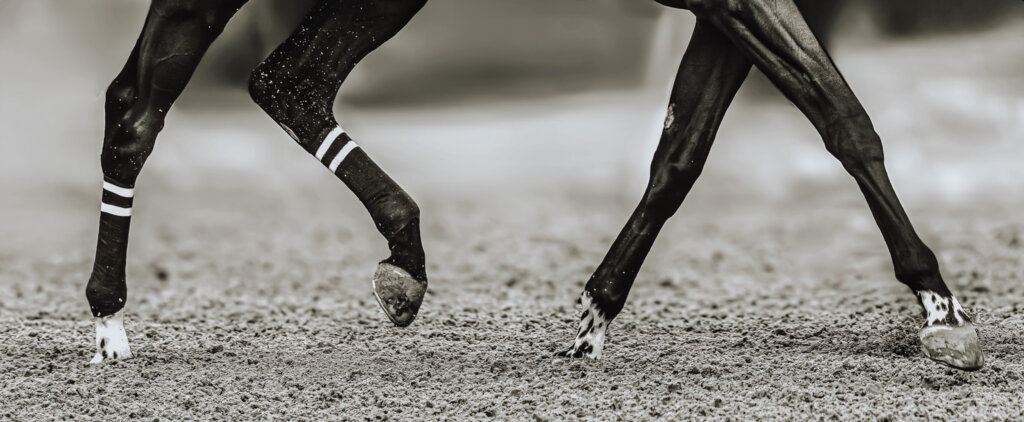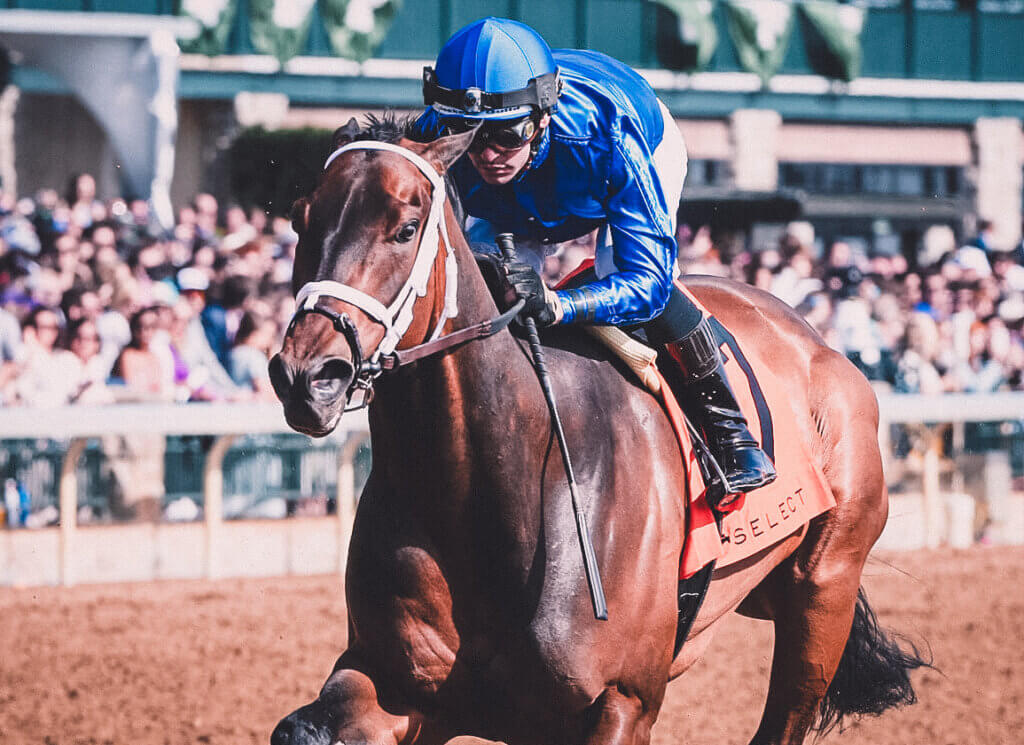Mouncey R, Arango-Sabogal JC, de Mestre A, Verheyen KL. Associations between turn out practices and rates of musculoskeletal disease and injury in Thoroughbred foals and yearlings on stud farms in the United Kingdom. Equine Vet J. 2024. Read full article.
Summary
The study conducted across UK stud farms sought to elucidate the effects of early-life turnout practices on the incidence of musculoskeletal diseases and injuries in young Thoroughbreds. It proposed that specific practices related to the frequency, duration, and environment of foal turnout could significantly influence the development of musculoskeletal health issues. Data were collected prospectively from a cohort of foals born on participating farms over two years, meticulously documenting daily turnout routines and any instances of veterinary-attended musculoskeletal conditions. This comprehensive approach allowed for a detailed analysis of how various management strategies correlate with the health outcomes of these young horses.
Analysis revealed a nuanced relationship between turnout practices and musculoskeletal outcomes. Specifically, deviations from consistent turnout routines, characterized by irregular daily turnout times of 9 to 23 hours, correlated with an increased rate of musculoskeletal injuries. This association suggests that disruptions to regular turnout patterns, leading to compensatory high-intensity activities during periods of access to turnout, could precipitate trauma in young Thoroughbreds. Such findings highlight the critical importance of maintaining stable and predictable turnout schedules to mitigate injury risks.
Furthermore, the study identified the fourth month of life as a pivotal period for musculoskeletal development, with turnout practices during this time exerting a long-term impact on health outcomes. Allowing foals access to larger turnout areas before weaning was associated with reduced rates of musculoskeletal diseases and injuries between 6 and 18 months of age. This suggests that expansive environments encourage activities that support optimal musculoskeletal tissue adaptation, underscoring the significance of spatial considerations in early-life equine management.
The research also underscores the potential dangers of high-intensity activities resulting from abrupt changes in turnout routines. While such activities are essential for development, excessive or abrupt increases in their frequency due to management practices can lead to increased injury risk. This insight emphasizes the need for carefully planned management strategies that foster appropriate levels of physical activity without introducing unnecessary risks.
Recommendations
Important lessons and takeaways for the thoroughbred community from this study include:
- Routine Matters: Consistent turnout routines are crucial for young Thoroughbreds’ musculoskeletal health, helping to minimize the risk of injury.
- Space to Move: Providing larger turnout areas, particularly before weaning, supports positive musculoskeletal adaptation and reduces the likelihood of injuries as the foals grow.
- High-Intensity Activities: While high-intensity activities are necessary for development, excessive or compensatory high-intensity behaviors due to changes in routine can increase injury risk.
- Critical Development Windows: The fourth month of life represents a critical period for musculoskeletal development. Optimal management practices during this time can have long-term health benefits.
- Minimize Disruptions: Avoid unnecessary changes in turnout routines to prevent inducing compensatory behaviors that could lead to musculoskeletal issues.
- Larger Paddocks for Young Foals: Utilizing larger paddocks for foals, especially prior to weaning, can encourage more natural and beneficial movement patterns.



